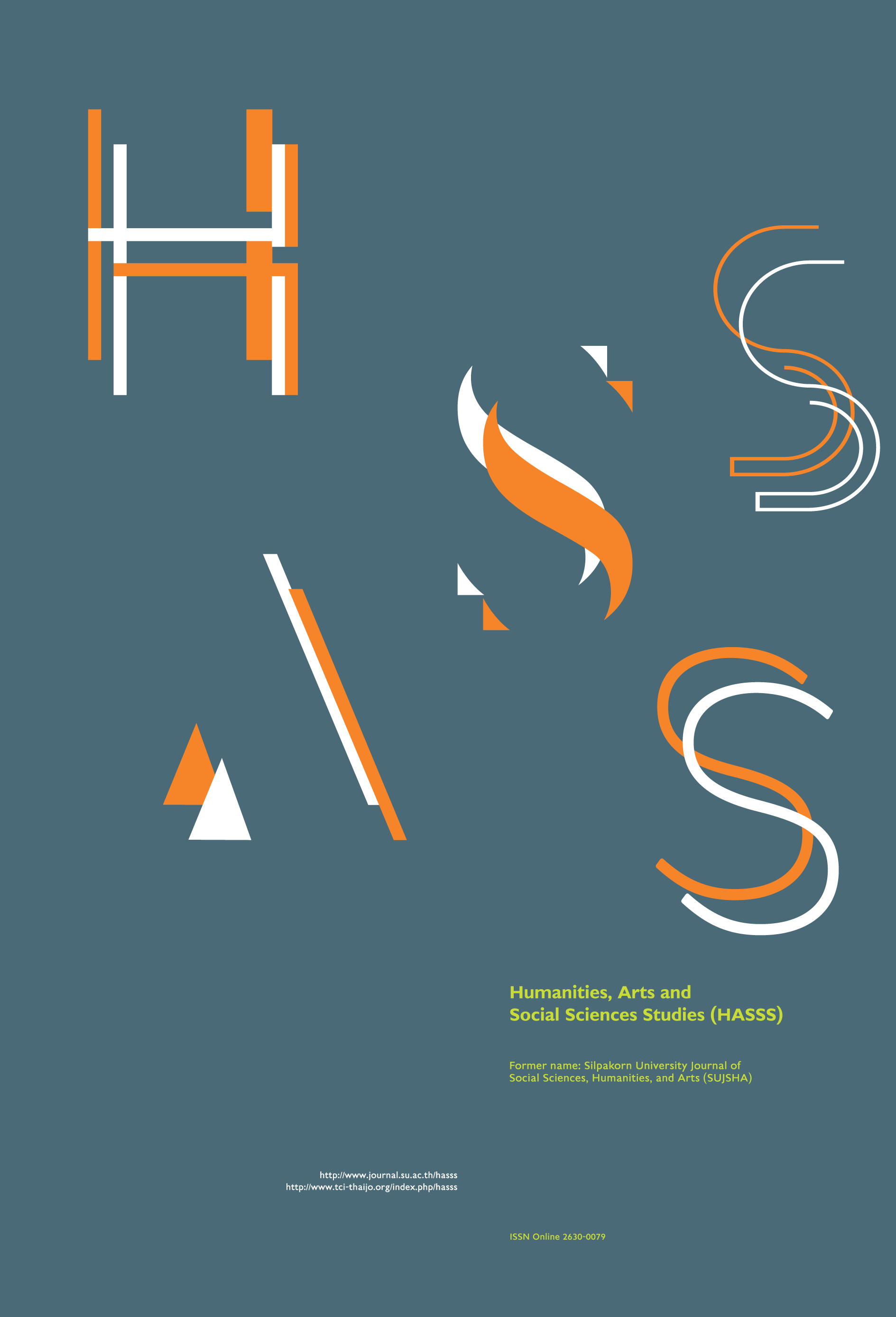Komik Mandiri in Yogyakarta; Local Values Representation in Independent Comics
Main Article Content
Abstract
Independent comics in Indonesia emerged in the mid 90s marked by a movement in art colleges in Yogyakarta, Bandung, and Jakarta. Later on, this movement resulted in a publication of physical comic called 'Komik Indie'. 'Komik Indie' was published, among the reasons, to present new local comic that had stopped circulating since late 1980s. Nowadays, in the era that is commonly identified as the disruptive era, with all ease provided by the internet access, social-media platforms, and high intensity on web-comic uploads, the comic book industry in Indonesia is flooded by publications of new national comics. Independent comic publications still remain. The term „komik mandiri‟ is chosen to show the autonomous act in publishing own works. Literally, mandiri means „independent‟, but in this terminology, the word puts more point on the autonomous act. Comic artists do not have to find or wait for publishers to have their comic published. The discussions focus on the work of independent comics, especially those featuring the unique stories or representations, which have distinctive values from many similar publications. Because of its independency, there are possibilities to find some critical and progressive issues towards the society inside the story. In the independent comics some interesting ideas are found. They focus on the representation of local values that still reflect on the local wisdom, and the new locality, which was formed with the development of times and urbanization. The viewpoint and social experience of comic artists in their environment seems to be a quite strong reference as a provision in presenting deep-rooted narratives without them eliminate the universal value of the narrative work to be enjoyed by a broad audience.
Downloads
Article Details
All rights reserved. Apart from citations for the purposes of research, private study, or criticism and review,no part of this publication may be reproduced, stored or transmitted in any other form without prior written permission by the publisher.
References
Azziawaty, A. (2016) Rejection. In Rasa Juang, edited by Aulia Azziawaty,Yogyakarta: Self-published.
Bajraghosa, T. (2015) Language Visualization in Independent Comic. Paper presented in Program Guru-Guru Muda, Langgeng Art Foundation, May, 2015.
Duncan, R. (2011) Image Functions; Color and Shape as Hermeneutic Images in Asterios Polip. InCritial Approaches To Comics; Theories and Methods. edited by Smith, M. J. and Duncan, R., pp.43-54. New York: Critical Continuum.
Duncan, R. and Smith, M. J. (2009) The Power of Comics; History, Form and Culture. New York: Continuum.
Fernand, C. (2015) Bebal. In Beringas Volume 1, edited by Chrisna Fernandet al., pp.23-40. Yogyakarta: Tan Kinira Books.
McCloud, S. (2008) Membuat Komik; Rahasia Bercerita Dalam Komik, Manga Dan Novel Grafis. Jakarta: Gramedia Pustaka Utama.
Sedyawati, E. (2006) BudayaIndonesia,KajianArkeologi,Seni,danSejarah. Jakarta: Raja Grafindo Persada.
Sedyawati, E. (2015) Comics Catalogue Indonesia; Guest of Honour Frankfurt Book Fair 2015. Jakarta: Secretariat of the organizing commitee for Frankfurt Book Fair, Indonesia Guest OfHonour, 2015.
Sedyawati, E. (2017) Equatorial Imagination; Indonesian Comics 1929 –2017. Published by Ministry of Education and Culture Republic of Indonesia.

